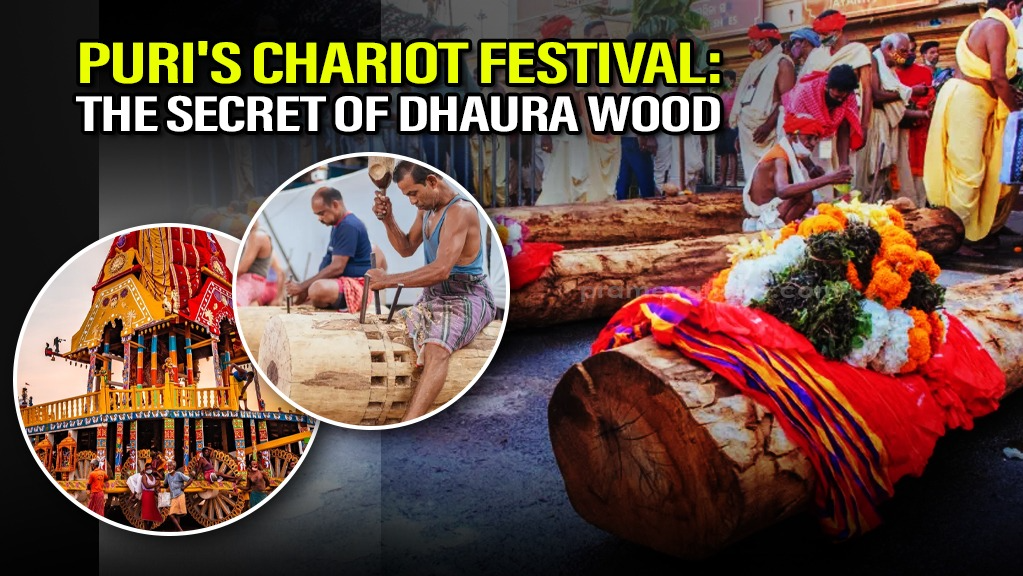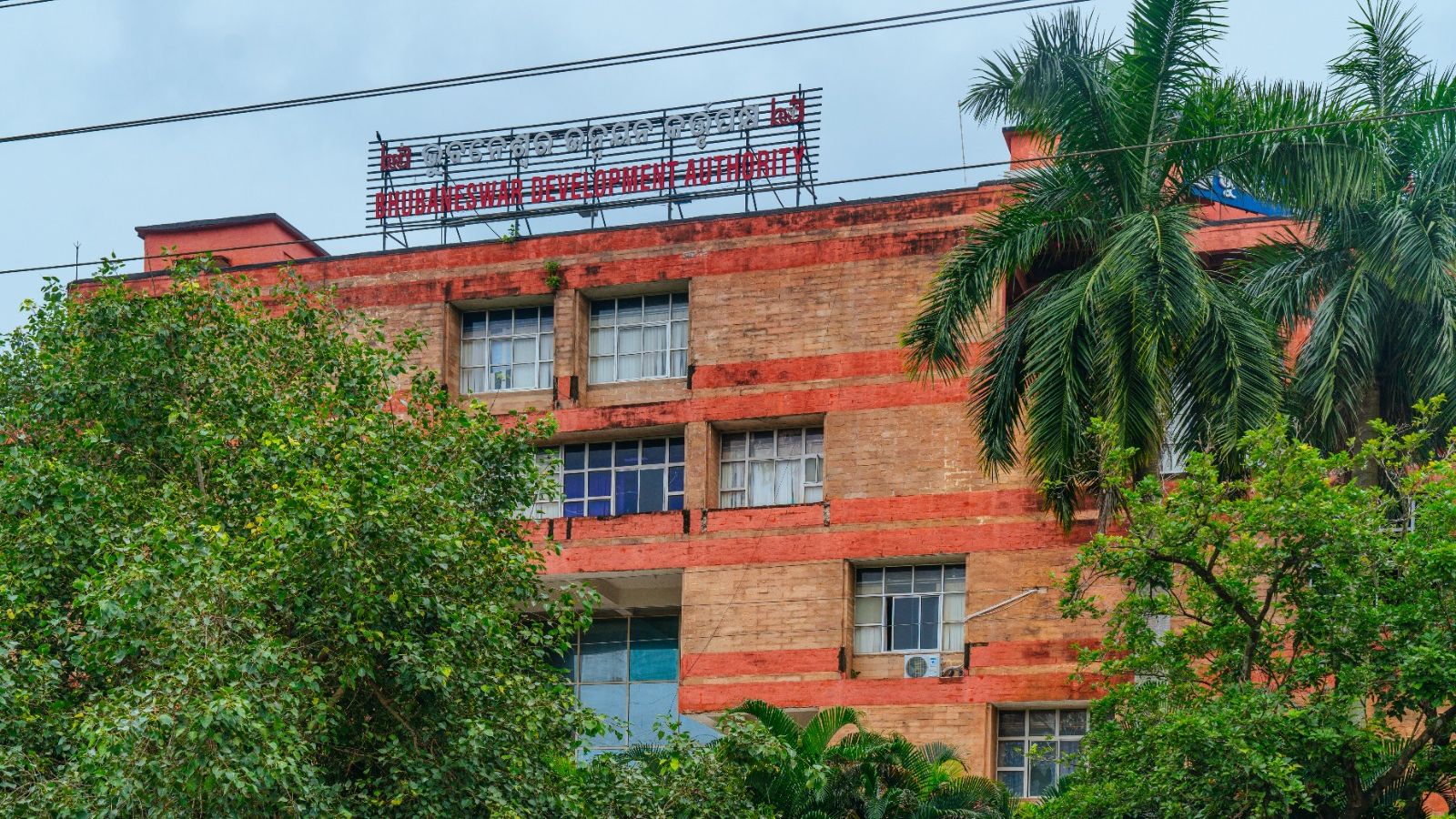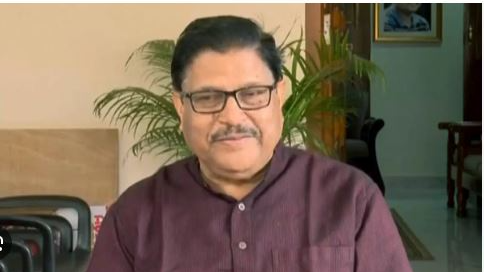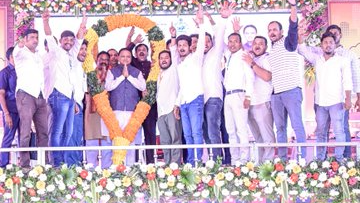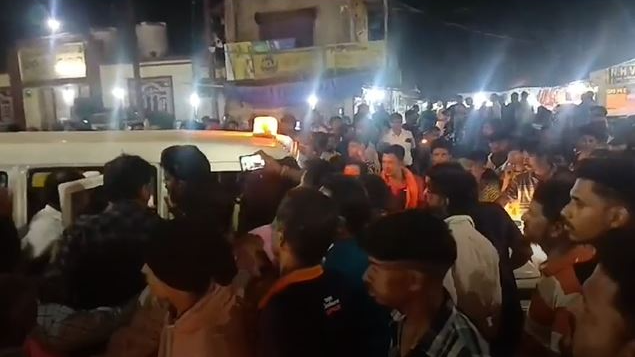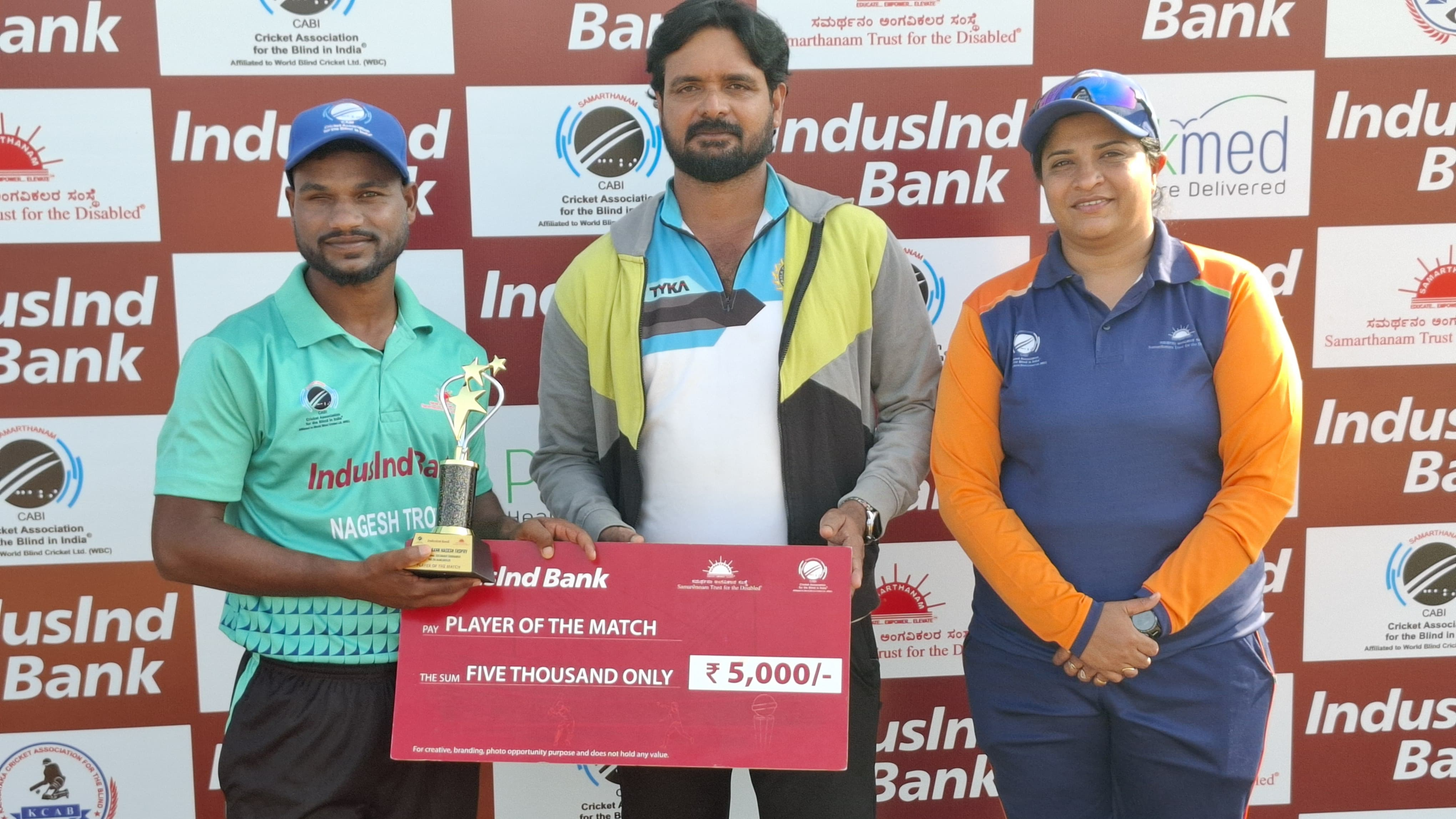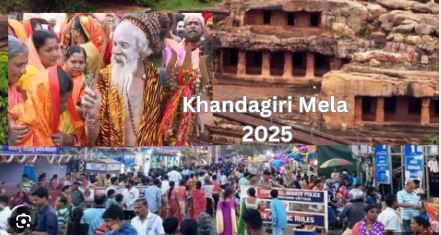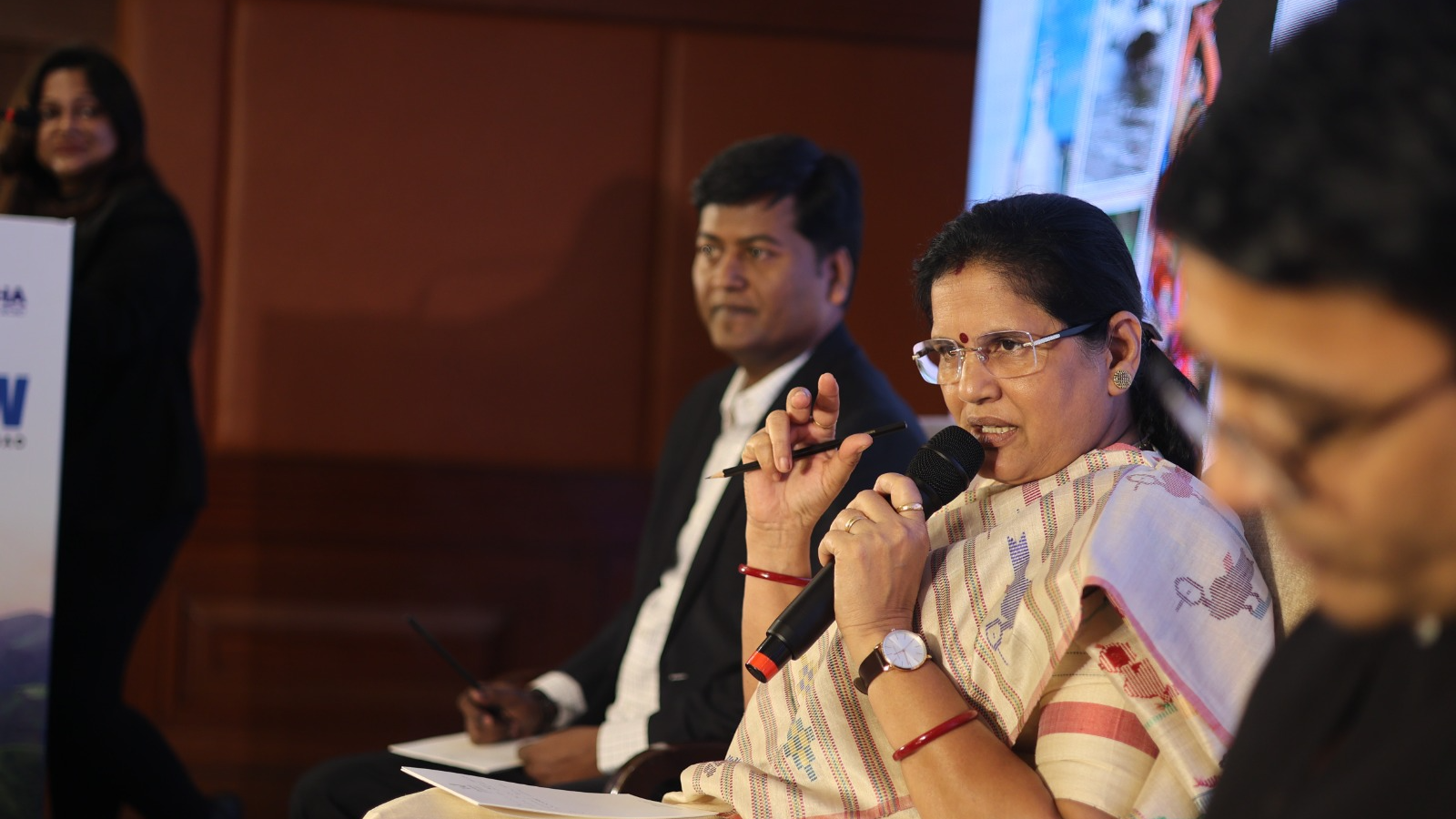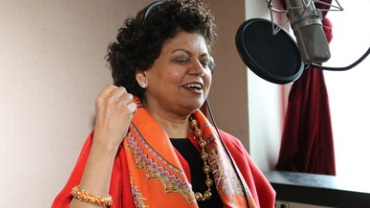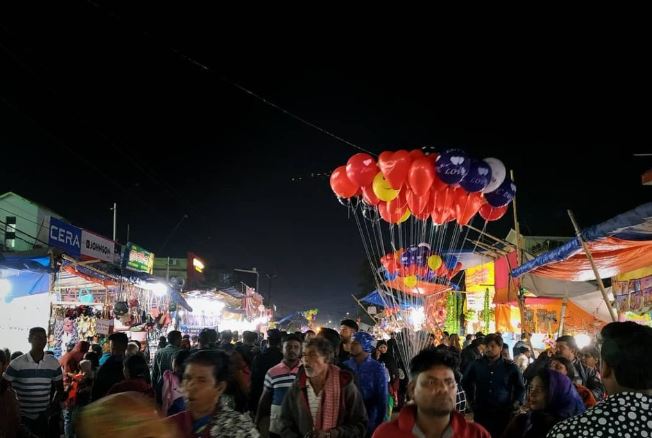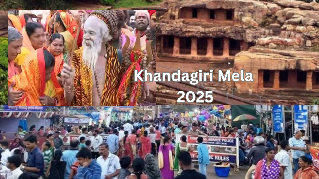On Vasant Panchami day, the first steps are taken on a sacred journey – the creation of the magnificent chariots for Lord Jagannath, his brother Balabhadra, and his sister Subhadra, for the grand Rath Yatra in Puri. The worship of the Dhaura wood begins. The choice of Dhaura wood (scientifically known as Shorea robusta) as per ancient scriptures, like the Skanda Purana and Niladri Mahodaya, speak of this wood with reverence, describing it as being imbued with the very essence of Lord Jagannath. It's not just about the wood's physical strength, though that is certainly important for bearing the weight of the deities. It has a deeper connection, and belief that this particular type of wood possesses a spiritual resonance, a unique capacity to hold and transmit divine energy. This belief elevates the Dhaura wood from a mere building material to a sacred entity, a vessel chosen to carry the gods through the streets of Puri. This is the first secret that transforms a simple tree into something holy. It's a belief, passed down through generations, that certain elements of nature are more receptive to the divine.
Join the Whatsapp Channel to Get News updates in english
Awakening the Divine Within
The worship ceremony of Dharua wood starts with the rhythmic chanting of ancient Vedic hymns, the Dhaura wood is prepared for its sacred duty. Brahmin priests, the Rajguru (the royal priest), and dedicated temple servitors perform the ritual with meticulous care. They bathe the wood, anoint it with fragrant sandalwood paste, and offer it flowers and sacred food (prasad). But the heart of the ceremony lies in the placement of the Chakra Narayana Shila, a stone that symbolizes Lord Vishnu's eternal energy, upon the wood. This act is believed to infuse the wood with the very spirit of Lord Jagannath, transforming it from a piece of timber into a living embodiment of the divine. In this moment, the wood is no longer just wood; it becomes a conduit for divine energy, a sacred space where the earthly and the divine meet.
From Forest Sanctuary to Divine Chariot
The journey of the Dhaura wood, from the forests of Odisha to the sawmill, is a powerful metaphor for the soul's journey towards the divine. Marked by the auspicious occasion of Ram Navami, this transition mirrors the unfolding of dharma, the cosmic order that governs all things. It's a reminder that even in change, there is continuity, a divine purpose that guides every step.
On Akshaya Tritiya, a day considered auspicious for new beginnings, the Maharana Sevayats, master craftsmen, begin their sacred work. With skills honed over generations, they carve and shape the sanctified wood, transforming it into the three magnificent chariots: Nandighosha for Lord Jagannath, Taladhwaja for Lord Balabhadra, and Darpadalana for Goddess Subhadra. Each chariot, a masterpiece of traditional artistry, becomes more than just a vehicle; it becomes a sacred space, a moving temple that carries not just the physical form of the deities but their very essence, their divine presence.
A Tradition Unbroken
This ancient tradition of Dhaura wood worship and chariot making has weathered the storms of time. Recorded in ancient texts and in the royal chronicles of Odisha's Gajapati kings, it has survived through periods of upheaval, including Mughal and British rule. Through it all, the temple priests and local rulers remained steadfast guardians of this sacred heritage, ensuring that the faith continued through thick and thin. Even today, the Jagannath Temple administration remains committed to upholding the sanctity of this tradition. Every aspect of the chariot-making process is meticulously carried out according to the Agama scriptures, ensuring the purity and authenticity of this age-old ritual.
The Heart of the Matter
The worship of the Dhaura wood is far more than a historical or cultural curiosity. It's a profound reflection of the human yearning for connection with the divine, a tangible representation of our own spiritual journey. The chariots, in this context, become metaphors for our own bodies, the vehicles through which we navigate the world. The deities represent the divine spark within each of us, the guiding force on our path. The Dhaura wood, imbued with divine energy, serves as a powerful reminder that we too can connect with the divine, that we too can transform the ordinary into the extraordinary through devotion and surrender. It is a powerful symbol of hope, reminding us that even in the mundane, the divine can be found.
Enduring Power of Faith
The Dhaura wood worship on Vasant Panchami is a powerful testament to the enduring power of faith. It's a story of how something as simple as a piece of wood can become a conduit for the divine, a symbol of hope, and a source of spiritual strength for millions. This ancient ritual, passed down through generations, continues to inspire and uplift, reminding us that the journey towards the divine is a journey of transformation, a journey where the ordinary, when touched by faith, can become truly extraordinary.






